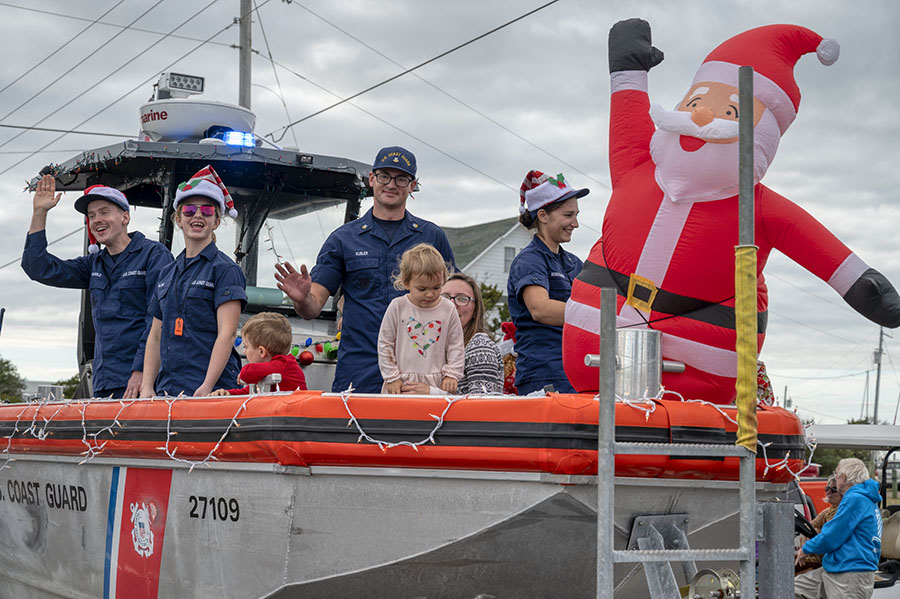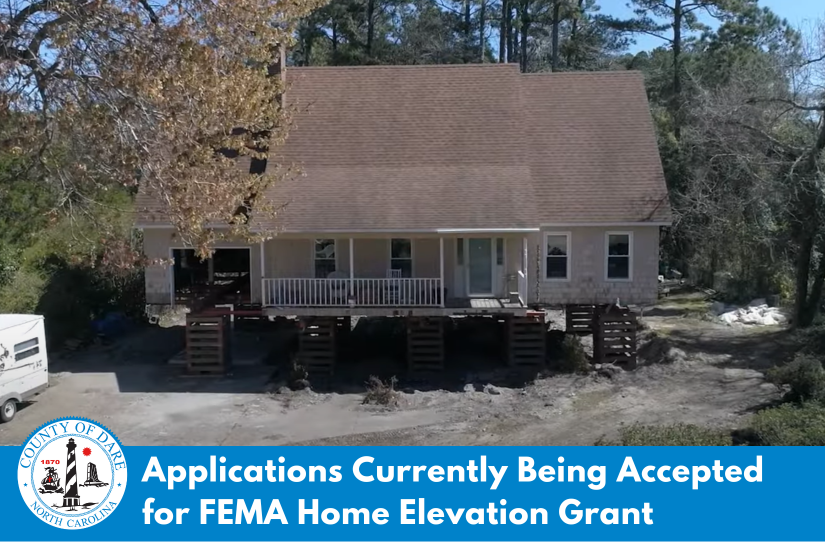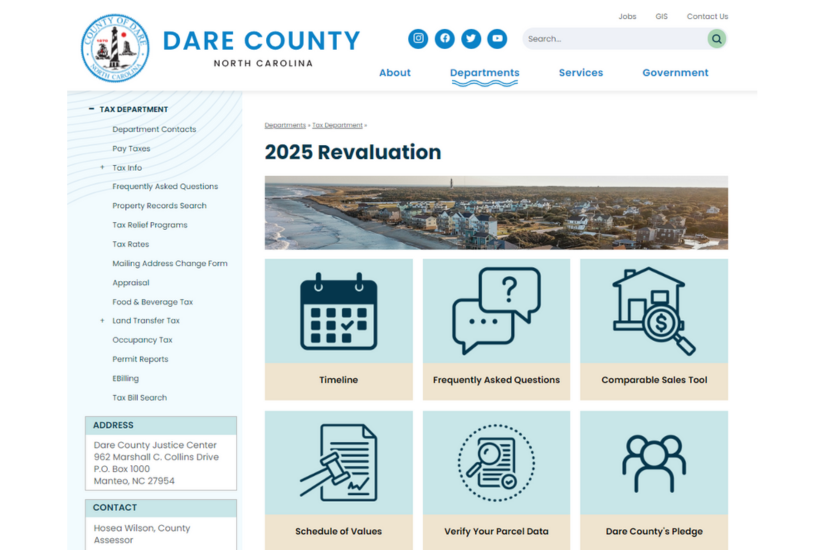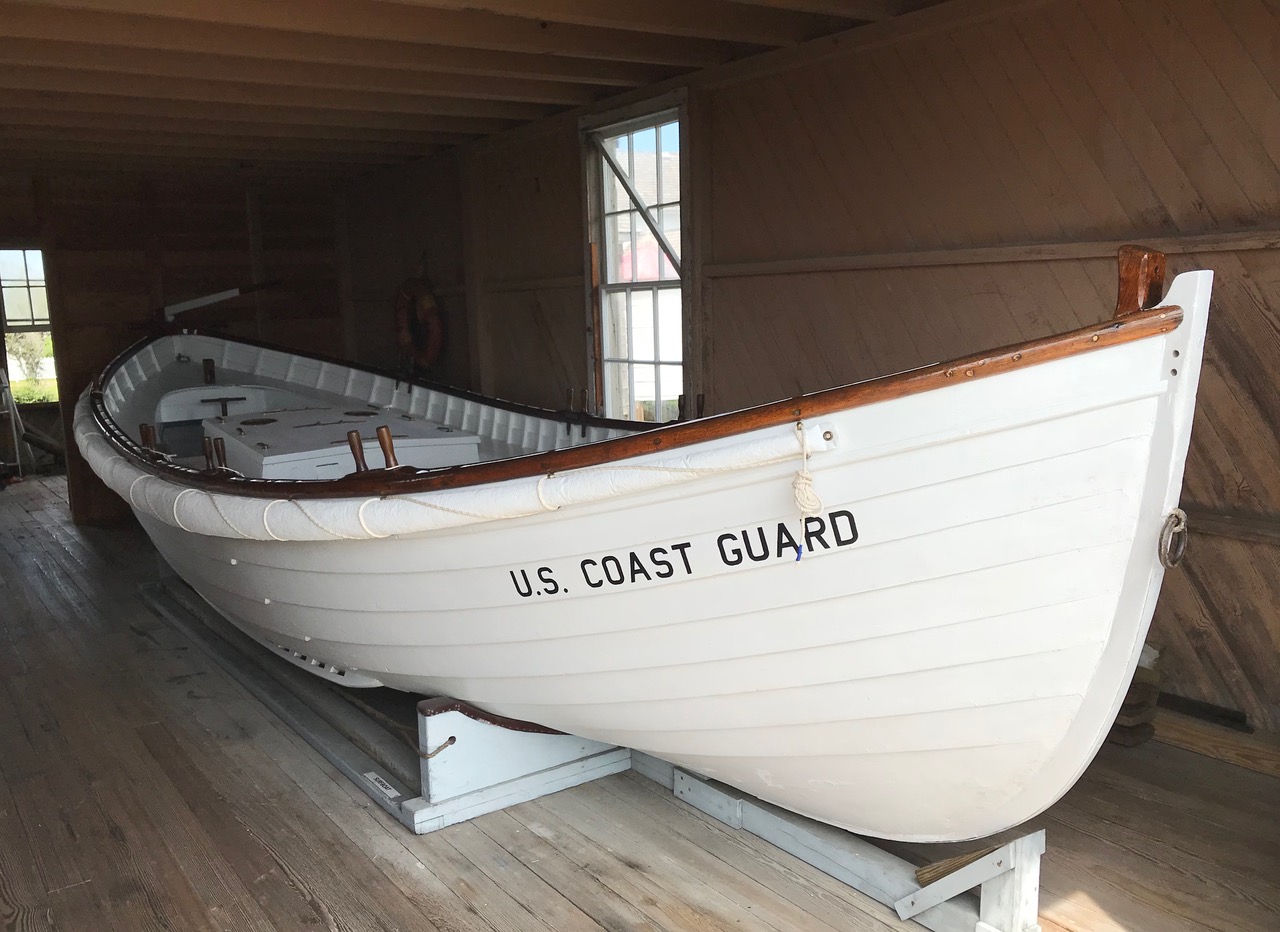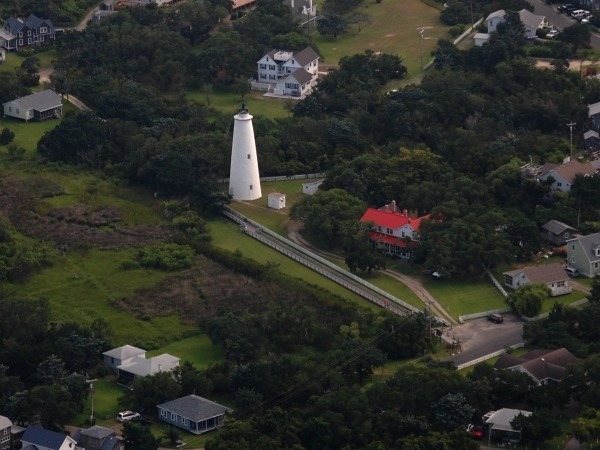The issue of the Bonner Bridge replacement and access to Hatteras and Ocracoke islands has become an ever-increasing source of stress to our residents and visitors.
There is the fear of physical danger involved in a bridge collapse and the anxiety about Highway 12 that accompanies each weather system that has been frustrating us even more since Hurricane Sandy and a series of northeasters.
Islanders are in limbo and long-term decision-making or planning has been impossible. Normal decisions made by families, such as taking out an equity loan to add on to a home for a growing family, purchasing a new vehicle, or deciding on which college a child can attend, take on added weight.
Small business owners, the backbone of the islands’ economies, face the same overwhelming sense of uncertainty. The concern is that there will be no way to support families and fulfill debts if our bridge and road fail before a new one can be built.
The Citizen’s Action Committee to Replace the Herbert C. Bonner Bridge formed as a grassroots organization in the spring of 2006 to help bring a human face to what we felt had become a stalled and detached scientific debate over the bridge replacement. We created a website www.replacethebridgenow.com to educate the public on how the issue has an impact on them and to provide a tool through which the public could contact their elected officials and demand action.
We were in agreement that if we allowed the debate to drag on any further, it would constitute a clear and present safety issue for all concerned. We worked hard to communicate to the powers-that-be that we expected a humane and equitable decision. We wanted a decision that took into consideration not only the legitimate environmental concerns involved but also the immediacy of the need, the true availability of funding, and the safety of the traveling public. Inertia was no longer acceptable.
As chairwoman of the committee, I am proud of the fact that our group was able to kick start the process and bring the focus back to the human lives that are affected when a stalemate such as this occurs — when government inaction becomes the only action.
After public hearings in August of 2010, the North Carolina Department of Transportation announced it had received a record-breaking number of comments –more than 4,000 — from local residents, business owners, and tourists who showed overwhelming support for the Parallel Bridge Corridor/Phased Approach.
Of note is the fact that more than 3,500 comment forms were hand-signed submissions with only 500 that were submitted electronically. Only nine comments were received opposing the project.
That same month, another grassroots group formed, the Bridge Moms. The goal of this group was to help get the message out that the mothers of our islands were desperate to have the safety issue of the replacement of the bridge resolved so that our loved ones’ lives could be protected. Women from all across America wrote powerful and compelling letters about the future safety and welfare of the families that must use the bridge. Hundreds of their letters were delivered by North Carolina Gov. Bev Perdue’s office to First Lady Michelle Obama at the White House in Washington, D.C.
After 20 years of studies that involved at least 12 different federal and state agencies that analyzed 33 different design options, the DOT reached a record of decision in December of 2010 – to build the short replacement for the Bonner Bridge and take a phased approach to Highway 12 between the bridge and Rodanthe, as conditions warranted.
Unfortunately, in July of 2011, the Defenders of Wildlife the National Wildlife Refuge Association, with local friends’ affiliate the Coastal Wildlife Refuge Society, filed the long-threatened lawsuit. Represented by the Southern Environmental Law Center, the groups said that DOT and the Federal Highway Association had not complied with the National Environmental Policy Act when they chose the “short bridge” option.
The groups supported a 17.5-mile bridge out over the Pamlico Sound from Bodie Island to Rodanthe.
However, if the replacement short bridge and phases had been allowed to be built rather than stalled, we would not be riding ferries as a result of Hurricane Sandy.
The groups that brought the lawsuit do not rely on this bridge to have access to their homes nor do they need it to make a living or have meet their daily needs — food, gas, medicines, access to hospitals and doctors – met by the vendors and suppliers who travel over it or even the electricity and data/phone lines that run under it.
The bridge and the corridor are literally, for us, a lifeline. If it fails, we fail.
The lawsuit is currently in the hands of Judge Louise Flanagan in the U.S. District Court in New Bern, The judge could be making a decision on the plaintiffs’ or defenders’ request for summary judgment soon or scheduling in a hearing in the next few months.
It is my belief that the proposed project is our best reasonable available long-term solution.
Frustration with the endless delays and the lack of progress on the corridor has some folks rightfully questioning, once again, the long bridge option or even the option of a high-speed ferry system.
With all due respect, going back yet again to research a ferry system and/or a long bridge would set the clock back for many, many years.
Laws must be followed and any project would have to go through the NEPA process. The last numbers I saw for the average time for the process in the southeastern U.S. for federal highway projects was close to six years for the required studies. Keep in mind we are not an average area. Studies on transportation projects here are very complex with a myriad of governmental agencies, state and local, all with differing mission statements, having to reach a consensus. Hence, the 20-plus years of study on the current Bonner Bridge/phased approach project.
I firmly believe that even if the 17-mile bridge was chosen, it too would be ultimately blocked by SELC and their plaintiff recruits, given the fact they are on public record opposing a 7-mile bridge (the Mid-Currituck toll bridge) just north of us in the same watershed for the following reasons:
How can the SELC claim to be in support of a long-bridge option for Hatteras Island when the group has legally gone on record against a much shorter bridge in an almost identical coastal environment?
Another hurdle — and in my opinion, the largest — is money. The $216 million needed for the Bonner Bridge replacement is currently in the budget and the contract has been awarded.
The Phase II portion of the Bonner Bridge project is the Pea Island Inlet’s 2-mile bridge, which is budgeted at $90 million, and it is my understanding that a good portion of that is funded because it is still under the emergency funds allocated from the Hurricane Irene disaster.
Phase III of the phased approach, a 2-2.5 mile Mirlo Beach/S-curves bridge, is estimated on high side at $160 million. As I understand it, the remaining portion of the Phase II bridge and the Phase III funding still needs to be secured. NCDOT would have to “find” the additional $200 to $250 million to build Bonner bridge and complete the next two phases concurrently.
The lowest estimate on the long bridge is $1.2 billion and, like building out the Bonner parallel replacement span and two phases all at once, all of that money would have to be paid at the time it was being built. The rough cost difference between the Bonner Bridge/phased approach and the long bridge means NCDOT would have to “find” $744 million.
SELC and some others think the best way to travel to and from the islands is by ferry. The newest ferry of our North Carolina fleet, the Sea Level, cost $16 million. It is my understanding that the cost of a twin hulled/high-speed passenger ferry is estimated at about three times that of a traditional ferry per vessel. Operating cost is estimated to be about twice the amount of a traditional ferry.
If the Bonner Bridge carries approximately two million vehicles per year (2005 estimate,) it probably would not be a stretch to say we need at least 18 ferries, which is $864 million dollars in vessels only. That would be a cost before needed infrastructure, such as channel dredging, ramps, parking, fuel storage and the operating budget for staff.
Realistically, in this day and time of the “fiscal cliff,” ongoing budget shortfalls and most surely the federal relief funds needed for Sandy infrastructure repair in high population areas north of us, I do not see that we could ever secure the amount of funding needed. One needs only to look at online comments that follow each and every story about our predicament that attest to the fact that many of our fellow North Carolina citizens want to see no money whatsoever spent for our access.
We need to be forward thinking and work together to make sure we get both temporary and long-term solutions implemented so that we do not have to sweat it out with every passing storm.
The Bonner Bridge/Phased Approach has cleared all of the hurdles, except save the lawsuit and we need only an addition $200 to $250 million for the Highway 12 bridges.
I have confirmed with NCDOT that if the Bonner Bridge/Phased Approach had been in place, we would be driving on Hatteras Island in the aftermath of Sandy. The plan allows for adaptive management of the corridor and takes into consideration the reality that a “one-size-fits-all” solution is not an answer for our dynamic shoreline.
In short, the Bonner Bridge/Phased Approach plan is the most timely, most available, and most easily funded project we have within our reach. We need to move forward NOW. Construction will take three to four years, and now, because of the endless delays of the past 20 years, we will more than likely need a temporary bridge at the S-Curves area at Mirlo Beach and a ramped up emergency ferry system to get us through in the meantime.
If further protection is ultimately secured, such as beach nourishment, that would be an added plus. But we need immediate relief now.
So what can you do today? Call — or even better write — our governor, our new governor-elect, and Secretary of the Department of Transportation Gene Conti and let them know that you fully support the immediate and concurrent building of all phases of the Bonner Bridge replacement project.
Please let them know that you want them to use all available resources to move the project forward as expeditiously as law allows. In addition, since building all the phases will take three to four years, ask that any emergency repairs currently in the works for Highway 12 are geared towards solutions that guarantee safe and reliable access until that time.
(Beth Midgett of Hatteras village is chairwoman of Dare County’s Citizens’ Committee to Replace the Bonner Bridge and a founder of the Bridge Moms group.)




